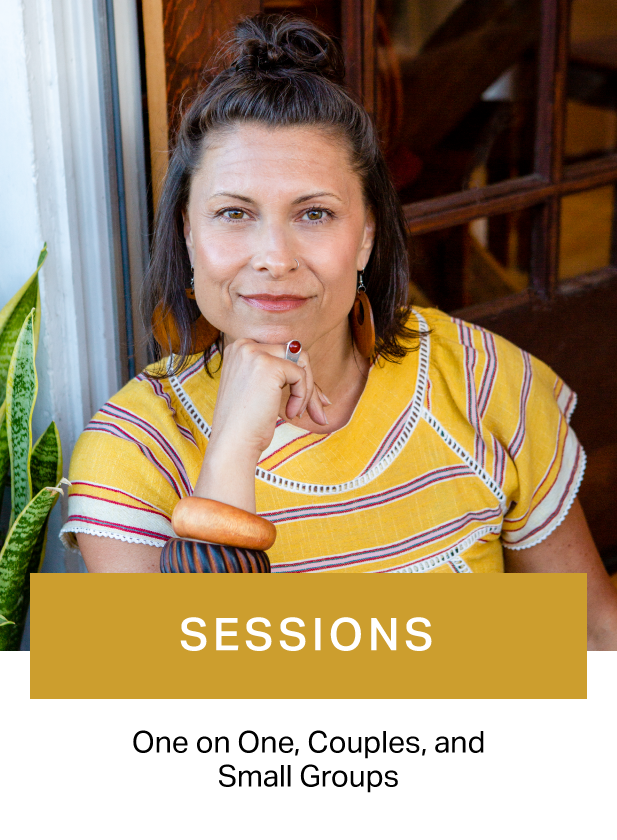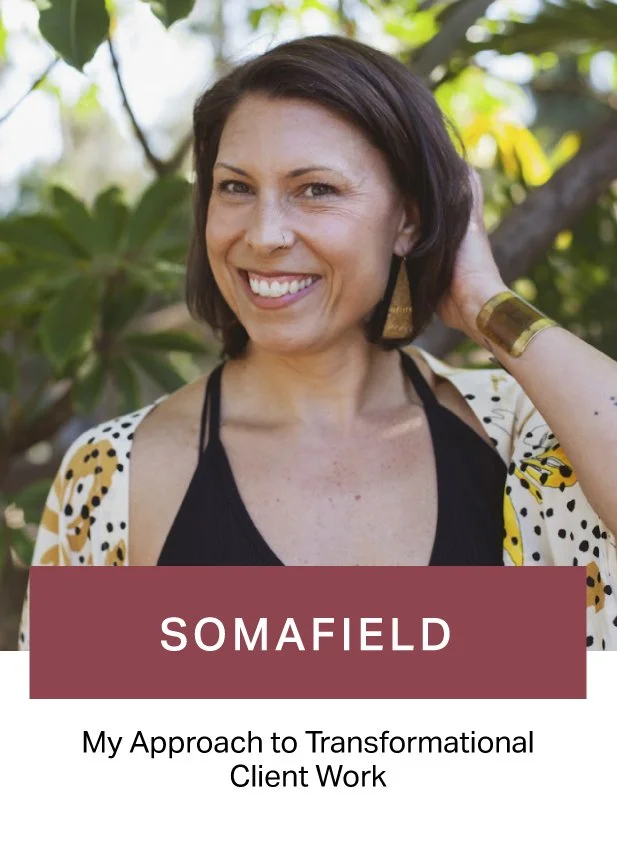Attachment Awareness
Much of what plays out in our client sessions doesn’t come from the present moment alone. It’s shaped by the echoes of early relationships—how safe or unsafe it felt to reach, to express, to depend, to separate.
Attachment Awareness*, the 4th core principle of The SomaField Approach to Transformational Client Work, invites us to attune to these deeper relational patterns—not just in our clients, but in ourselves.
It’s not about labeling a client “avoidant” or “anxious,” or assigning a score from a quiz. It’s about becoming sensitive to the way each client’s early relational experiences shape current ways of connecting, protecting, distancing, or needing.
When we’re attachment-aware, we’re not trying to analyze our clients—we’re asking:
What might be familiar in how they move toward or away from me?
How might I be unconsciously reinforcing or softening an old pattern?
What could it mean to offer a different experience of relationship?
This is where the work becomes truly transformational. Because the therapeutic or coaching relationship itself can become the ground for healing—not just what we talk about, but how we are together.
And for this to happen, we have to be willing to turn the lens toward ourselves, too. Our own attachment imprints live in the space. We all have relational reflexes. Are we leaning in too much? Avoiding conflict? Taking distance that isn’t needed? Taking too much responsibility for the other?
Attachment Awareness is both an outer and an inner practice. One that deepens safety, trust, and the possibility of real change.
A Simple Practice
Before your next session, try this brief reflection:
1. Consider your client:
What have I noticed about how this person navigates closeness vs space? How do they tend to connect or protect?
2. Then consider yourself:
What attachment patterns or reflexes do I tend to bring into relationships—especially in the role of helper, guide, or space-holder?
3. Consider your bond:
How do their patterns interact with mine?
You don’t need a perfect answer. Just let these questions shape your awareness. Often, this quiet noticing begins to shift the field.
The more relational safety we offer—not just through words, but through how we are—the more room our clients have to grow into new ways of being.
If you know another thoughtful practitioner who’d resonate with this lens, feel free to pass this along. These conversations matter.
*I want to name a caveat here: attachment theory is a construct, not a universal truth. It was developed through research that centered Western, white, nuclear families—so its assumptions don’t necessarily hold in cultures where caregiving is communal, belonging is tied to land and lineage, and a web of kin shapes development. Recognizing this helps us avoid pathologizing non-Western family systems, and invites us to see attachment struggles not as individual or maternal failings, but often as symptoms of collective disruptions—like colonization, forced assimilation, displacement, and systemic violence. It also softens our impulse to blame mothers, clients, or ourselves for the ways we’ve adapted to conditions that were never truly secure to begin with.




